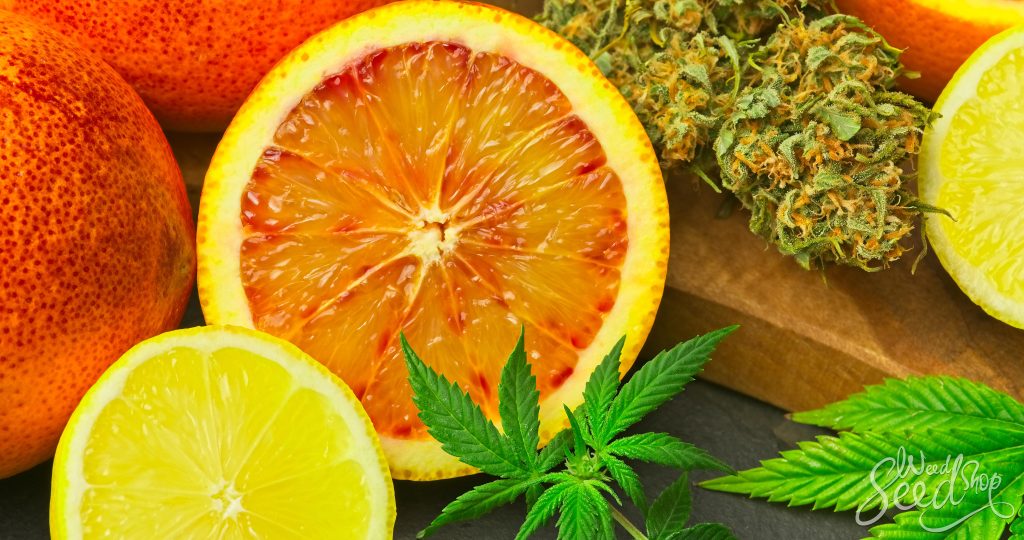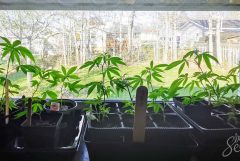The unique intense aromas of cannabis are a smell that people recognise before seeing the cannabis plant. Terpenes are the aromatic compounds that determine the scent and taste of many flowers and herbs and bestow cannabis with the plant’s distinctive flavour and odour. Find out more about the best ways to increase cannabis terpene levels.
What are terpenes?
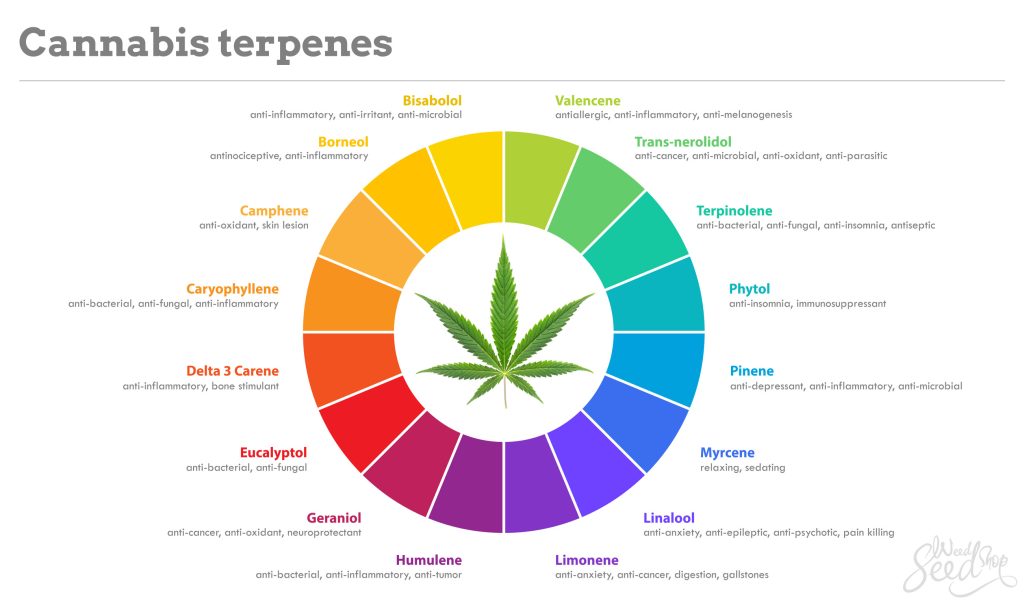
Terpenes are naturally occurring chemical compounds that are found in cannabis plants, other plants and in some cases, animals. According to science, terpenes are a combination of carbon and hydrogen classified by the number of isoprene units needed to build the molecule.
Terpenes are responsible for the flavour, aromas and colours associated with different types of plants. Regarding the cannabis plant, terpenes are responsible for different strains smelling and tasting differently. Terpenes have numerous medicinal properties, along with cannabinoids and flavonoids. Terpenes can influence the type of high user’s experience, called the entourage effect.
Cannabis contains more than 150 types of different terpenes. However, most terpenes within cannabis can be found in small trace amounts. The prominent terpenes often combine to give cannabis its unique and signature scent profiles.
The terpene pinene is responsible for the aroma often associated with walking through a coniferous forest and the terpene limonene gives cannabis the smell of refreshing citrus peel. As mentioned, the cannabis plants’ terpene profile within a strain influences its taste and smell, making terpene development a vital consideration for cannabis cultivators and connoisseurs when selecting a strain to smoke and enjoy.
Plants use terpenes to attract beneficial insects and repel pests. In cannabis, the terpenes can mostly be found within the trichomes.
The best ways to increase cannabis terpene levels
For years, the main focus of cannabis growers has been to pack as much THC into each bud. This practice has been quite successful, as most commercially-available cannabis buds are visibly oozing trichomes.
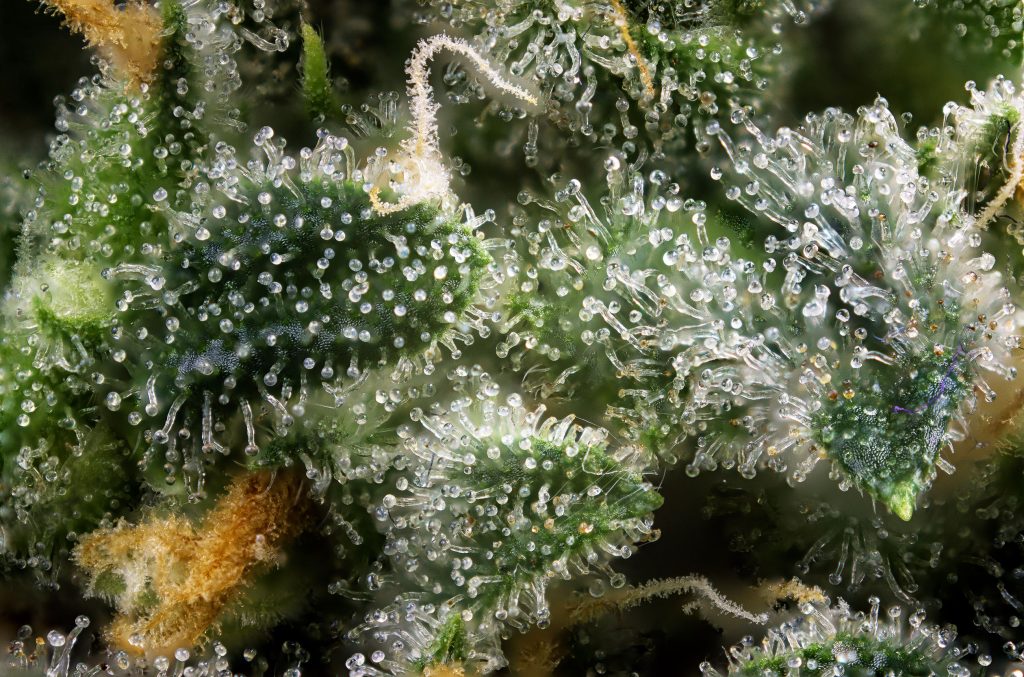
Having mastered increasing THC levels within cannabis buds at harvest, modern growers are now focusing on enhancing the potency of their buds’ smell and flavour, i.e., the cannabis flower’s terpene levels. As a new grower or experienced grower, you will be pleased to know that there are many ways in which you can help your plant produce more terpenes.
We will discuss six of the most common methods you can use to help increase the terpene levels within your plants.
1. Best strains for terpene production
When looking at increasing your terpene levels within your cannabis plant, it is essential to note that high levels of terpenes come from good genetics. You can produce a flower with high levels of terpenes with good genetics.
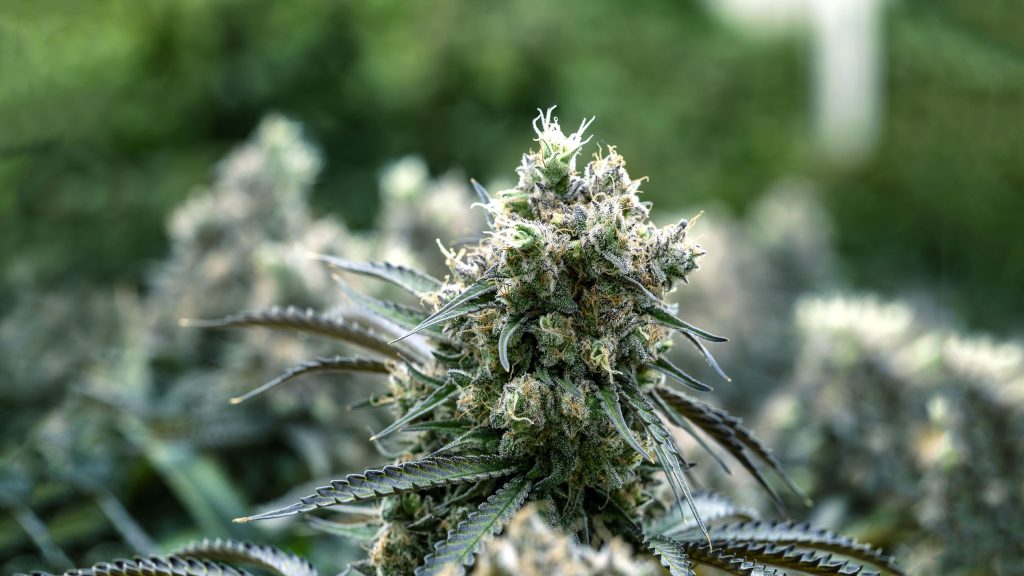
In response to the cannabis market needs, cannabis growers began to produce and breed gene varieties that automatically have higher levels of terpenes. This allowed for an added layer of diversity and selection for cannabis buyers, with medicinal users choosing buds with terpenes that suited their ailments and “recreational” smokers could choose buds according to the aroma and flavour profiles they enjoyed.
The European market and its seed banks provided cannabis growers and enthusiasts with the opportunity to purchase and grow various strains. Here are five of our favourite cannabis strains with a high level of terpenes.
1. Guava Jelly
Guava Jelly is a strain that has an impressive parental lineage. Created by breading Wedding Cheesecake, Strawberry Kush, OG Kush and Durban Poison. Guava Jelly has a heavy terpene profile with limonene. Growers and connoisseurs can expect sweet exotic fruit notes with a wonderfully pungent, skunky undertone.
2. Girl Scout Cookies
Girl Scout Cookies is many cannabis lover’s favourite strain. Girl Scout Cookies was created from a lineage of cannabis cup-winning strains, which include Durban Poison and OG Kush. This strain has a terpene profile that consists of an abundance of pinene, linalool and pinene, all of which give this strain the flavours of sweet sandalwood with deep earthy notes and an irresistible citrusy aroma.
3. Tangie
Tangie is a Dutch coffeeshop scene staple. Bred initially from California Orange and Skunk #1, Tangie has an extravagant flavour profile heavy in limonene and myrcene. You can expect hits of lemon rinds with freshly peeled tangerine and musky undertones.
4. Skunk #1
Skunk #1 is the cannabis strain that has influenced all modern-day hybrids. Skunk #1 was bred from parental cannabis strains, including Acapulco Gold, Afghani, and Colombian Gold. Skunk #1 is renowned for its pungent skunky aroma, thanks to the large number of myrcene terpenes combined with sharp notes of pinene. This terpene combination brings out this strain’s iconic musky aroma.
5. Lemon Haze
Lemon Haze is an award-winning strain known for rewarding users with a delectably citrus terpene profile that combines with a soothing and uplifting high. Lemon Haze is best known for its magnificent terpene profile with heavy citrus notes, sweetness, and a skunky odour.
2. Soil affects terpenes
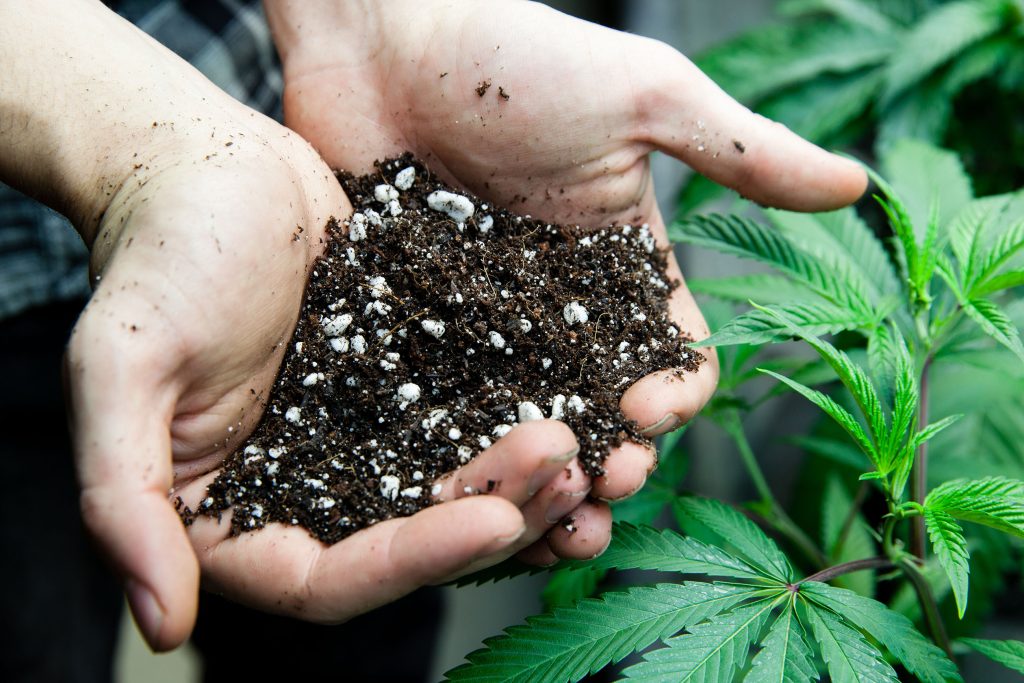
While you can increase the levels of terpenes in any grow method, using high-quality soil is a guaranteed method of boosting terpene production. High-quality soil provides the cannabis plant/s with the best alkalinity and pH levels, maximizing the plant’s nutrient uptake and ensuring the plant’s photosynthesis is at optimal levels.
Growing in rich, biodiverse soil can translate to a nuanced and well-expressed terpene profile when harvesting. When you raise your cannabis in native soil, you will bring out the terroir of your growing region.
The terroir refers to the specific grow environment and medium in which you have developed your plants. The terroir is responsible for some of your plants’ unique flavours and aromas. This is similar to producing wines in specific regions, as grapes grown in different areas will create a wine that tastes different even if the same grape variety was used.
Soil building has become a science in itself and when it comes to increasing terpene production, you will want to improve the natural sugar content of your cannabis plants. It is important to note that cannabis plants don’t absorb added sugars, so you must create a plant nutrient plan to help encourage your cannabis to produce natural sugars independently.
3. Additives, boosters, and nutrients to tweak terpenes
One of the best ways to increase the terpene levels in cannabis is to boost the natural sugars or carbohydrates during your plant’s flowering phase. This results in significant, dense buds with higher resin and terpene content.
Your cannabis plants will require different amounts of carbohydrates throughout your growth cycle. The carbohydrates will have the most significant impact during your bud ripening phase.
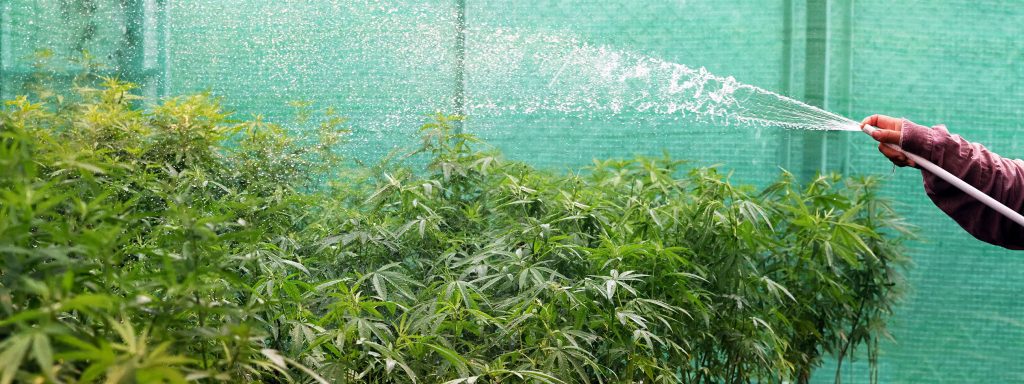
Many of the flavour-enhancing nutrients and additives available on the market are carbohydrate-based. Carbohydrate-based nutrients add vital sugars to the plant’s root zone and help to promote a healthy microbial population.
In addition to carbohydrate-based supplements, some supplements are more specific to terpene production. These supplements use the naturally occurring cannabis plant compounds known as bio-osmotic potentiators, which help stimulate your plants to increase their production of terpenes.
Other methods that you can add to your plants to increase terpene growth include:
- Adding Lactic Acid Bacteria (LAB) to your soil – LAB will convert sugars into short-chain fatty acids.
- Using black grape molasses in a watering mix or soil will encourage microbial life growth.
- Adding Amino acids such as humic and fulvic acid increases chlorophyll formation and improves nutrient uptake.
- Seaweed extracts help increase the bioavailability of micro-nutrients and contain natural growth hormones that promote plant cell division.
4. Pruning and stressing your cannabis plants for terpene contents
Your cannabis plants produce trichomes as a defensive response to various stresses and attacks. The cannabis plant’s trichomes glands are a natural protection method for the plant and its seeds. The trichome glands can protect your plants against UV rays, pests, diseases and cold weather.
You can use this to your advantage. When you cause your plant’s light stress during the flowering phase, you can force your plants to produce more trichomes, resulting in more cannabinoids and terpenes. It is important to note that too much stress is harmful to plants and will result in the plant being unable to continue photosynthesis. This means that the techniques will not work well on autoflowering plants and any excess stress could be detrimental to your plants leading to a poor harvest.
- Decrease your temperature in the final flowering stage to increase resin production.
- Lower your humidity to 30% in your grow room to increase terpene production.
- Water your plants less frequently to simulate drought. This will lead to an increase of resin over your cannabis plants’ flowers.
- Defoliation can be used to boost sugar production and increase the terpene and cannabinoid content. This can be achieved by trimming your plant’s leaves. Only remove the leaves blocking the developing buds.
- Lollipopping is a larger scale of defoliation, where the goal is to remove the bottom quarter or a third of the plant. Removing the leaves at the beginning of the flowering stage will ensure that the energy produced by the plant goes straight to the remaining parts of your cannabis plant. Increasing both the yield and overall quality of the bud.
- Supercropping is another high-stress cultivation technique, which involves pinching and bending your plant’s stems and branches to increase bud growth and development and increase cannabinoids and terpenes production.
- During the last weeks of flowering, some growers like to flush their plants with ice. This initiates a natural reaction to force the plant to produce more resin and trichomes before harvest.
5. Lighting can play a vital role in terpene development
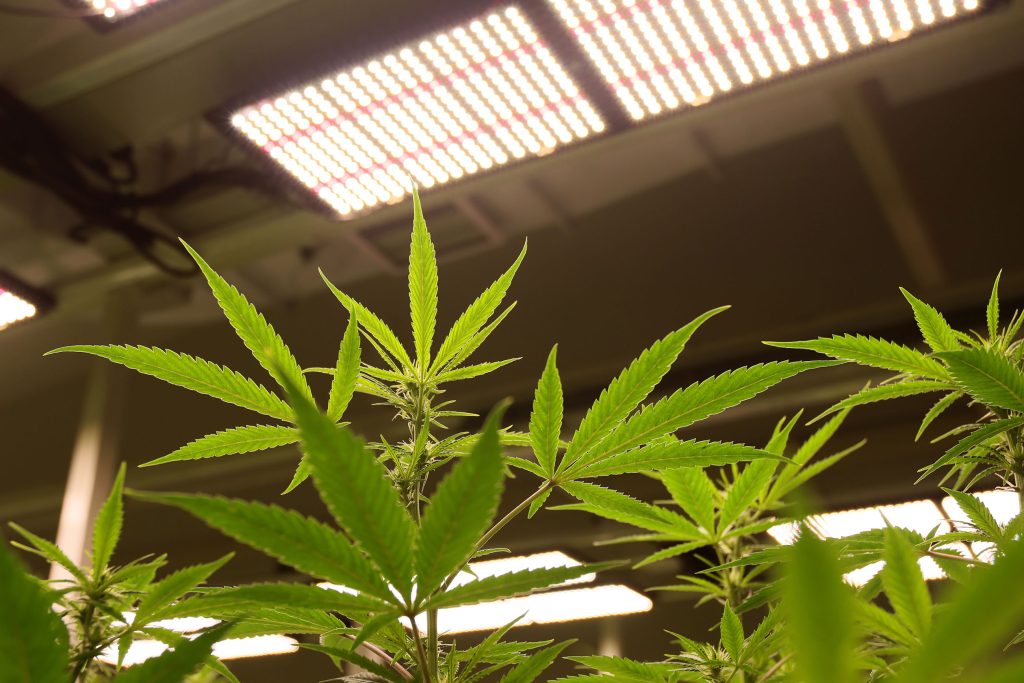
Lighting can play a vital role throughout your entire growing process. Lighting helps to ensure that your plants develop correctly and is responsible for increased yields and overall bud quality. Different lighting and light spectrums can cause different terpenes and slightly affect terpene profiles. Strains grown outdoors will have a diverse chemical profile to plants grown under LED or HPS lights indoors.
When looking at increasing terpenes, there are two light spectrums that play an essential role. If you remove the red spectrum lights within the last 72 hours of your plant’s growth, your plant will continue to produce terpenes; however, these terpenes will not be released, causing the terpenes to gather in the maturing buds.
The second crucial light spectrum is the UV-B spectrum. When you use a UV-B light in your growing environment, your plant will produce more trichomes and terpenes.
6. Harvest influences terpenes
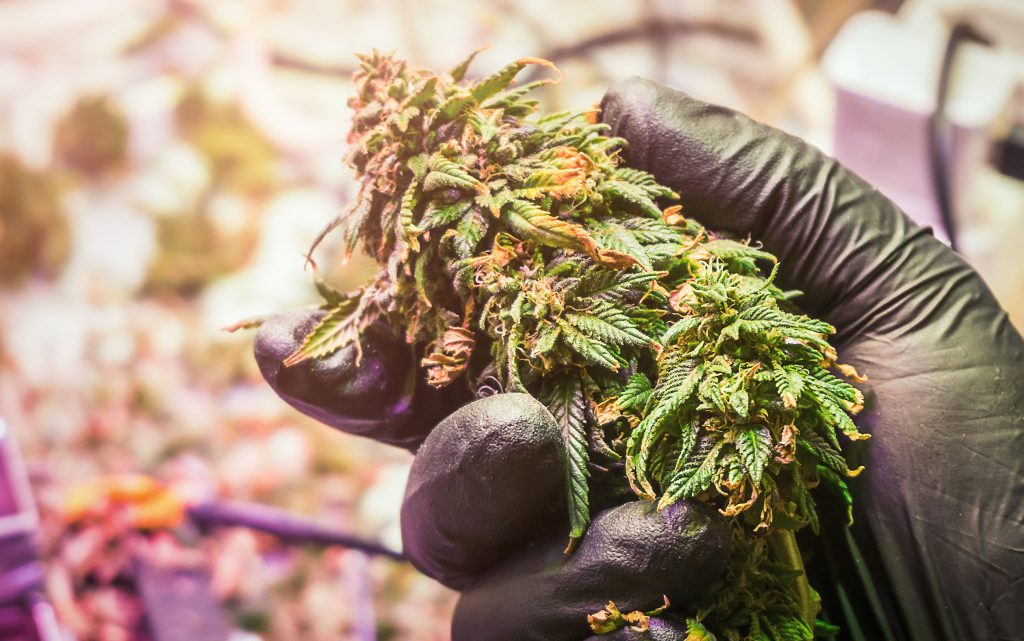
Another vital step in developing terpene profiles is knowing when is the correct time to harvest your cannabis plants. When your plants mature, their smell becomes more pungent and, at times, can change. The same can be said for cannabinoids. The best time to harvest your cannabis plants is when the trichomes start to turn an amber colour.
The best time to harvest your outdoor plants will be just before sunrise and for your indoor plants before your plant’s light cycle begins. Some growers like to leave their plants in a dark area for 24 to 48 hours before harvesting.
7. Drying and curing
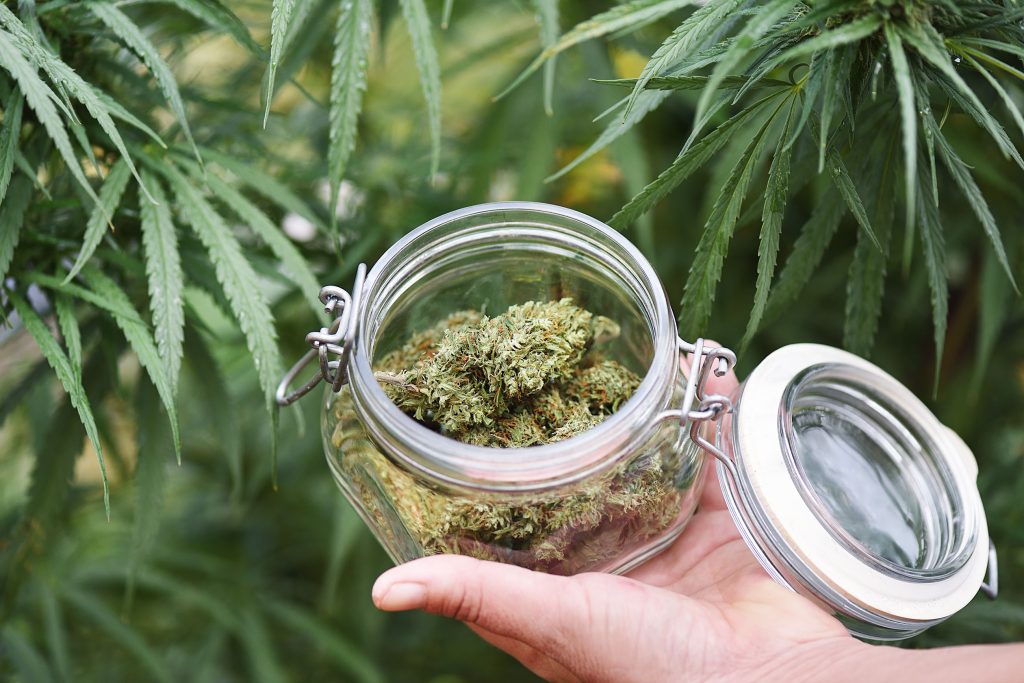
Correctly drying your harvested buds is a crucial stage of any cannabis grow. Correct dying and curing methods can differentiate between a great harvest and a bad one. All you need to dry your cannabis correctly is the following:
- A dark room
- Temperatures between 20-22°C
- A constant humidity of 45-55%
During the drying phase, it is vital to make sure that your bud is drying at a steady and slow rate to ensure that you persevere both the cannabinoids and terpenes. It would be best if you dry your cannabis for 2-3 weeks.
Have you experimented with terpene levels? Share your experience in the comments below!




